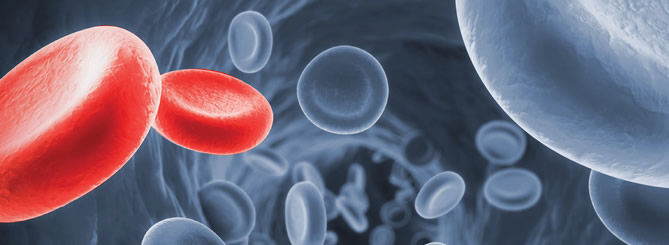A Bone Marrow Transplant is a method to change damaged or destroyed unhealthy bone marrow stem cells and replace it with healthy ones. Bone Marrow is a soft, fatty tissue inside your bones.
The Bone Marrow produces blood cells. Stem Cells are those undeveloped cells in the Bone Marrow because of which all your different blood cells arise.
Why Bone Marrow Transplant Needed?
The goal of a bone marrow transplant is to cure many diseases and types of cancer. The need for bone marrow transplant comes when a person receives a high dose of chemotherapy or radiation. This results in a permanent damage to the person’s bone marrow stem cells. Bone marrow transplants are also needed if a disease has destroyed the bone marrow.
The diseases mentioned below most often benefit from bone marrow transplant:
 Leukemias
Leukemias- Severe aplastic anemia
- Lymphomas
- Multiple myeloma
- Immune deficiency disorders
- Some solid-tumor cancers
Although, patients suffer from diseases differently, and therefore bone marrow transplant may not be suitable for everyone who suffers from the above-mentioned diseases.
Chemotherapy, radiation, or sometimes both required before the transplant. It may be done in two ways:
Ablative (myeloablative) treatment: An extreme dose of radiation, chemotherapy, or both are given to kill any cancer cells. Sometimes it also kills the unhealthy bone marrow that is left and enables new stem cells to develop in the bone marrow.
A mini-transplant also called Reduced intensity treatment: People receive small doses of radiation and chemotherapy before a transplant. It allows older people, and those with other health problems to have a transplant easily.
What are the different procedures for Bone Marrow Transplant?
- Autologous Bone Marrow Transplant: The word auto means self. Before you receive high-dose radiation or chemotherapy treatment, Stem cells are removed from your body. Those stem cells are then stored in a freezer. After high-dose radiation or chemotherapy treatments, your stems cells placed back in your body to make normal blood cells. It is then called a rescue transplant.
- Allogeneic Bone Marrow Transplant: Stem cells removed from another person, called a donor. Most of the times, the donor’s genes must at least partly match your genes. The donor goes through special tests to check if he/she is a good match for you. A brother or sister is most likely to be a good match. Sometimes parents, children, and other relatives are good matches. Donors who do not relate to you, yet match with you, found through national bone marrow registries.
- Umbilical Cord Blood Transplant: This is a type of allogeneic transplant. Stem cells removed from a newborn baby’s umbilical cord right after birth. These stem cells then are frozen and stored until they are required for a transplant. There is less of a need for perfect matching, as Umbilical cord blood cells are quite immature. Because of the less number of stem cells, blood counts take more time to recover.
Once chemotherapy and radiation completes, the treatment of a stem cell transplant starts. The stem cells through a tube called a central venous catheter delivered into your bloodstream usually. The process is similar to getting a blood transfusion. The stem cells travel through the blood into the bone marrow. Most of the times, no surgery required.
Donor stem cells collected in two ways:
Bone Marrow Harvest: Under general anesthesia, this minor surgery is completed. The donor is asleep and is free from pain during the procedure. The bone marrow removed from the back of both hip bones. The amount of marrow removed depends on the weight of the person who is receiving it.
Leukapheresis: To move stem cells from the bone marrow into the blood, the donor is first given several days of shots. During leukapheresis, blood is removed from the donor through an IV line. The part of white blood cells that contains stem cells separated in a machine and removed for giving it to the recipient later. The red blood cells are then returned to the donor.





